Engaging in science experiments for kindergarten is an essential part of education. These hands-on activities offer young learners a chance to see the world in action, encouraging critical thinking skills and inspiring awe for the natural world. Whether it’s observing a plant sprout or mixing colored liquids, little scientists are sure to have a blast while learning important lessons about the world around them.
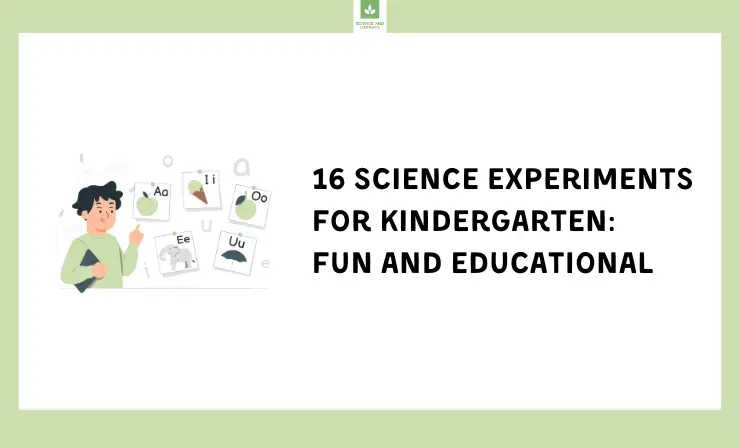
Engaging students in scientific experiments in the classroom is an effective strategy for fostering active learning. Hands-on activities allow children to develop their curiosity, as they ask questions, test hypotheses, and make keen observations. But it’s not just about learning science – by working together and sharing their findings, children also develop communication and teamwork skills that will serve them well in all aspects of life. Ultimately, incorporating science experiments into the curriculum creates a dynamic learning environment that engages and inspires young minds.
Discovering the wonders of science as a kindergarten student can be a truly enriching experience. With the right approach, educators can create a fun and engaging environment that excites young learners. And why not add some festive cheer into the mix? By incorporating seasonal themes like those found in this article, teachers can take student engagement to the next level. These educational yet fun science experiments for kindergarten could inspire the next generation of scientific pioneers.
Science experiments are like magical adventures that spark curiosity and imagination in kindergarteners. They provide endless opportunities for kids to unleash their inner scientist, from learning about the properties of matter to discovering the wonders of the natural world. Teachers who integrate these hands-on activities into their curriculum can spark a passion for learning in their students that lasts a lifetime. Plus, these experiments help develop essential cognitive and social skills, like critical thinking, problem-solving, and teamwork. So let’s inspire the next generation of scientists and explorers with some fun and engaging science experiments!
4 Easy Science Experiments for Kindergarten
Looking for some engaging and entertaining science experiments for budding scientists? Look no further! These effortless and exciting projects are tailored specifically for kindergarteners and require only a few materials. Any curious child will love getting acquainted with the basics of science through these stimulating activities.
1. Dancing Raisins
Attention all curious kindergarteners! Get ready to witness a thrilling scientific experiment that involves raisins and carbon dioxide bubbles. Watch as the raisins magically float to the surface and then sink back down again when the bubbles pop. You won’t want to miss out on this exciting discovery!

Materials:
- Clear
- Glass
- Water
- Raisins
Steps:
- Fill the glass with water and add a handful of raisins.
- Watch as the raisins dance up and down in the water.
In this video, you’ll learn how to make raisins dance using baking soda and vinegar. It’s a fun and easy science experiment that is sure to captivate your kindergarten learners.
2. Magic Milk
Welcome to an enchanting science activity that is perfect for kindergarteners! Our young learners will be thrilled to witness a mesmerizing phenomenon that takes place when soap is dropped into milk. When soap breaks the surface tension of milk, something truly magical happens – the food coloring starts to blend and swirl in all directions!
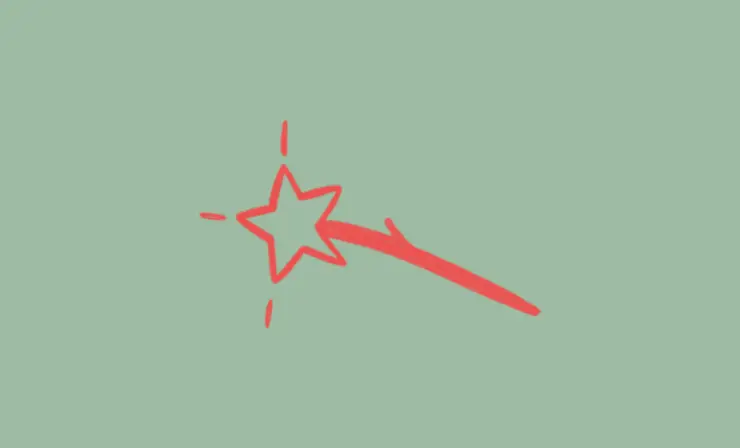
Materials:
- Milk
- Food coloring
- Dish soap
- A shallow dish
Steps:
- Pour enough milk to cover the bottom of the dish.
- Add a few drops of food coloring.
- Add a drop of dish soap to the center of the dish.
- Watch as the colors swirl and mix together.
Watch as we demonstrate the magic of milk in this fun science experiment for kindergarteners. Using just a few household ingredients, your students will learn about chemical reactions and colors.
3. Baking Soda and Vinegar Volcano
Engage your little scientists with a thrilling kindergarten experiment that they won’t forget! Discover the magic of vinegar and baking soda as they react to create a bubbling, explosive eruption. Whip out your lab coats and goggles as you explore the science behind the reaction- vinegar is an acid while baking soda is a base. When they combine, it forms an incredible carbon dioxide gas that causes the fizzy and exciting reaction.
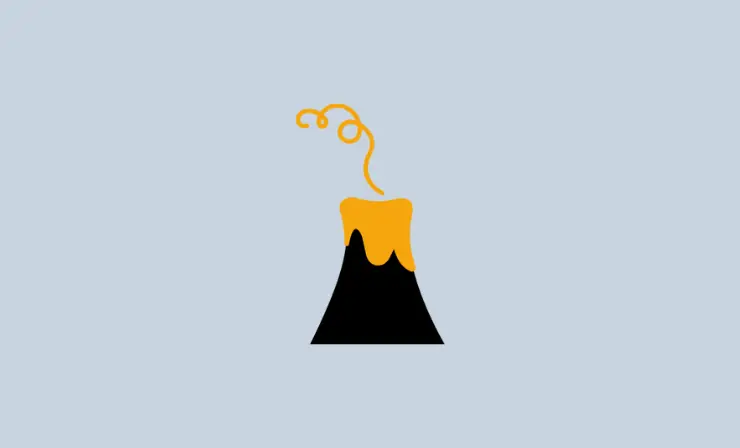
Materials:
- Baking soda
- Vinegar
- A plastic bottle
- A funnel
Steps:
- Use the funnel to add baking soda to the plastic bottle.
- Pour in vinegar and watch as the mixture bubbles and fizzes, creating a mini-volcano.
In this video, you’ll learn how to make a volcano erupt using baking soda and vinegar. It’s a classic science experiment that will engage your kindergarten learners and teach them about chemical reactions.
4. Rainbow Celery
Experience the magic of science with your young ones through this engaging experiment! Watch as celery transforms before their eyes by absorbing vibrant colors through its stem. Kindergarten students will be thrilled to witness the captivating process of water transportation in plants.
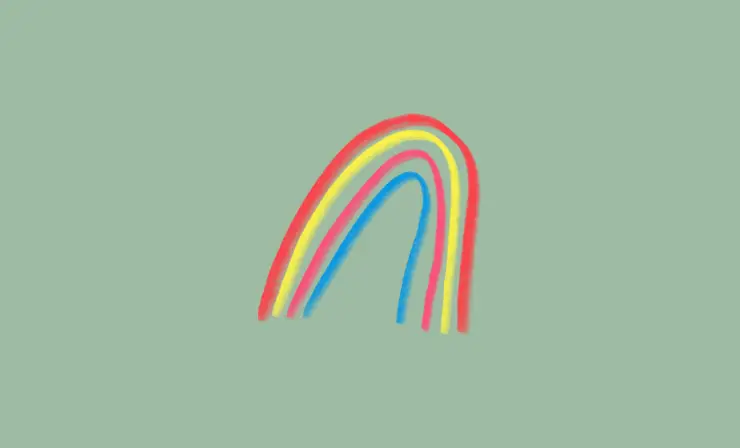
Materials:
- Celery
- Food coloring
- Water
- A clear glass or jar
Steps:
- Fill the glass with water and add a few drops of food coloring.
- Cut the bottom of the celery stalk and place it in the glass.
- Wait a few hours and watch as the celery turns different colors.
This science experiment for kindergarteners is a colorful and fun way to learn about plant anatomy. Watch as we demonstrate how water moves through celery and creates a beautiful rainbow effect.
4 Fun Science Experiments for Kindergarten
Are you ready to turn your kindergartener into a mad scientist? Look no further than these entertaining and captivating science experiments. Children will be thrilled to participate in experiments that are both straightforward and engaging, requiring only a few materials. You can do them with ease at home or in the classroom, and they will enhance children’s curiosity and knowledge of science right from a young age.
5. Colorful Bubble Snake
Get ready for some bubble-tastic fun with this science experiment! Take your bubble blowing skills to the next level by creating a mesmerizing bubble snake. Watch in wonder as bursts of colorful bubbles spiral out of the bottle and combine to create a winding serpent-like shape. Kids won’t be able to resist blowing and watching the magical bubble snake form in front of their eyes.
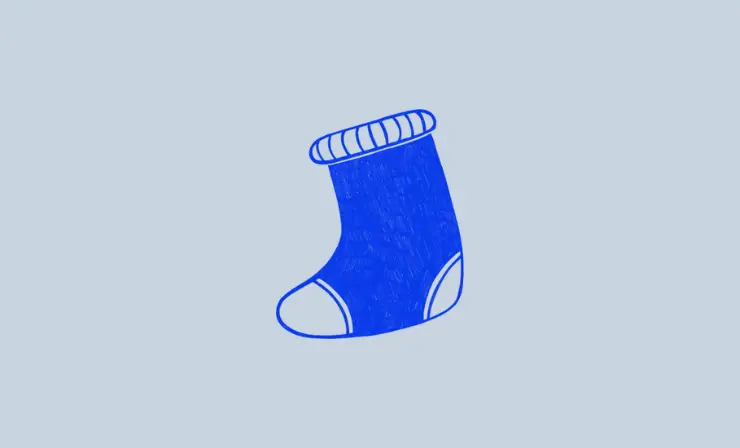
Materials:
- Plastic bottle
- Old sock
- Rubber band
- Dish soap
- Water
- Food coloring
Steps:
- Cut the bottom of the plastic bottle and put a sock over it, securing it with a rubber band.
- Mix dish soap and water in a bowl and add food coloring.
- Dip the sock end into the mixture and blow into the top of the bottle.
In this video, you’ll learn how to make a colorful bubble snake using just a few household ingredients. It’s a fun and easy science experiment that will captivate your kindergarten learners.
6. Exploding Milk
Looking for an exciting way to introduce chemical reactions to young minds? Look no further than this vibrant and fizzy experiment! With a colorful explosion that will capture their attention, children will have a blast while learning the science behind the magic.
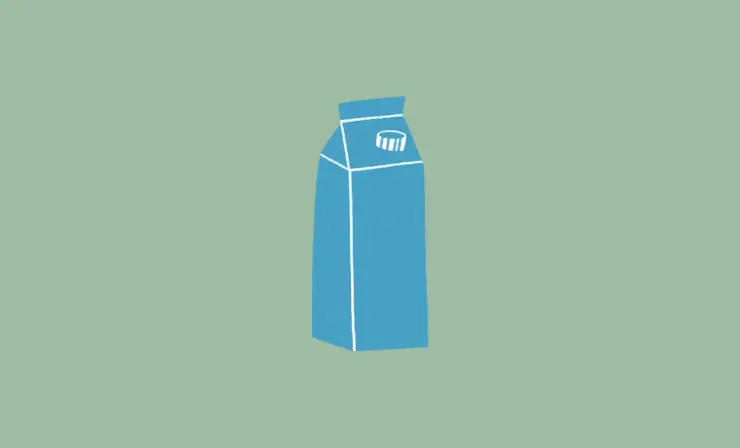
Materials:
- Milk
- Food coloring
- Dish soap
- Baking soda
- Vinegar
Steps:
- Pour milk into a dish, add drops of food coloring.
- Then add dish soap and vinegar.
- Sprinkle baking soda over the top and watch the reaction.
Watch the explosive power of milk in this fun science experiment for kindergarteners. Using just a few ingredients, your students will learn about chemical reactions and colors.
7. Walking Water
Young minds will be delighted as they witness the magic of water “walking” between cups while exploring the wonders of capillary action and color mixing.

Materials:
- Clear cups
- Water
- Food coloring
- Paper towels
Steps:
- Fill three clear cups with water.
- Add different colors of food coloring.
- Place one cup between the other two and connect them with paper towels, folded to create a bridge.
In this video, you’ll learn how to make water “walk” using just a few household ingredients. It’s a fun and easy science experiment that will teach your kindergarten learners about capillary action.
8. Balloon Rocket
Engage young minds with a lively experiment that will teach them about force and motion! Kids will be delighted as they watch a colorful balloon rocket soar across the room. It’s the perfect activity to get them interested in science in a playful and enjoyable way.
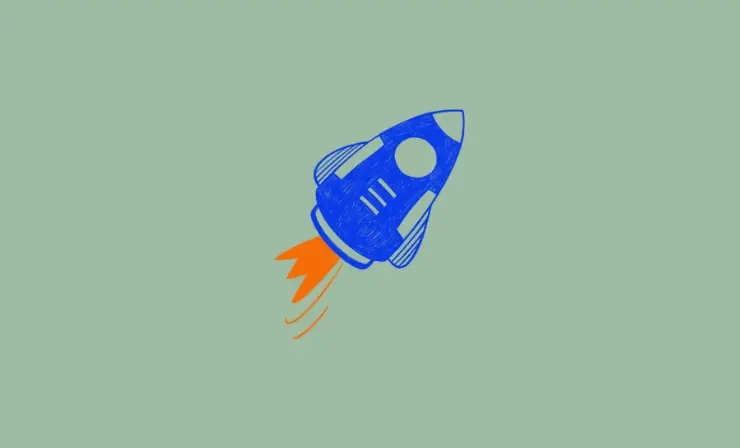
Materials:
- Balloons
- String
- Straws
- Tape
Steps:
- Tape a straw to the top of a string and tie it between two chairs.
- Thread a balloon through the straw, blow it up, and hold onto the end.
- Let go and watch the balloon rocket across the string.
Watch how to make a balloon rocket in this fun science experiment for kindergarteners. Your students will learn about forces and motion in a fun and engaging way.
4 Christmas Science Experiments for Kindergarten
Make the holiday season both enjoyable and educational for your kindergarteners by infusing science into your curriculum. These festive experiments will not only spark curiosity but also make learning more fun and memorable. have a blast experimenting with these cool Christmas science projects!
9. Fizzy Candy Canes
Looking for a fun and exciting science experiment to do with your kids? Look no further! Our candy cane fizzle experiment puts a unique spin on the classic baking soda and vinegar reaction. It’s all thanks to the powerful chemical reaction that creates carbon dioxide gas, resulting in that cool and exciting fizzing and bubbling effect. Get ready to experience a hands-on science lesson unlike any other!
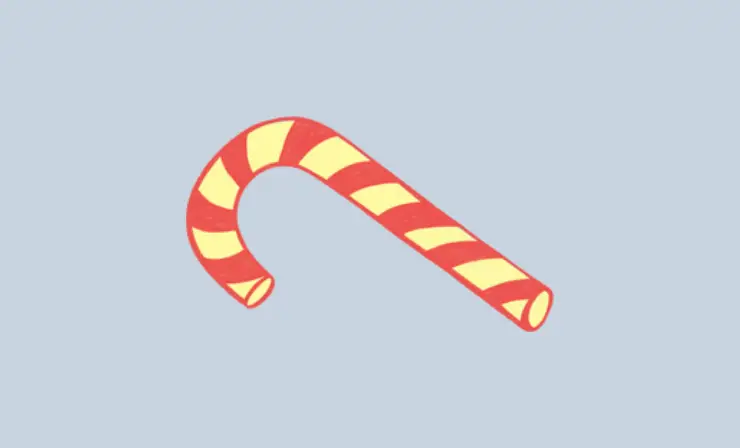
Materials:
- Candy canes
- Baking soda
- Vinegar
- Tray or dish
Steps:
- Place a candy cane on a tray or dish.
- Sprinkle baking soda over the candy cane.
- Pour vinegar over the baking soda and watch the candy cane fizz!
In this video, you’ll learn how to make fizzy candy canes using baking soda and vinegar. It’s a sweet and fun science experiment that will engage your kindergarten learners.
10. Crystal Snowflakes
Introducing a magical winter experiment that will leave children feeling like creative geniuses! By using pipe cleaners and a top-secret solution made with natural borax and hot water, kids can craft their very own one-of-a-kind snowflakes. Watch in amazement as the borax molecules dance around the pipe cleaner, creating a stunning crystal formation that perfectly mimics the intricate beauty of real snowflakes.
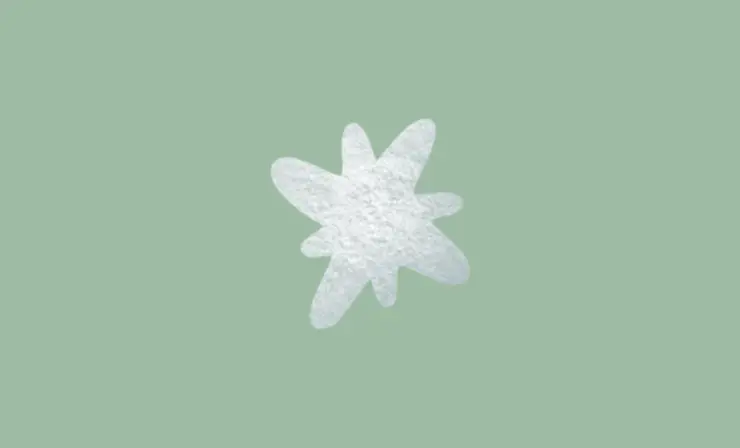
Materials:
- Pipe cleaners
- Borax
- Water
- String
- Pencil
- Jar or container
Steps:
- Bend a pipe cleaner into a snowflake shape.
- Tie a string to the pipe cleaner and attach it to a pencil.
- Mix 3 tablespoons of borax with 1 cup of boiling water in a jar or container.
- Submerge the pipe cleaner snowflake in the solution and let it sit overnight.
- Remove the snowflake from the solution and let it dry.
Lean how to make crystal snowflakes in this fun science experiment for kindergarteners. Your students will learn about crystal formation and shapes in a fun and engaging way.
11. Peppermint Oobleck
Get ready to experience a holiday treat that defies the laws of physics. Introducing peppermint-infused Oobleck, the non-Newtonian fluid that’s both a liquid and a solid. With just the right amount of force, this festive concoction transforms into a rigid structure that will amaze you. But as soon as the force is gone, it reverts back to a flowing liquid. This mind-bending creation is sure to add a bit of scientific wonder to your holiday celebrations.
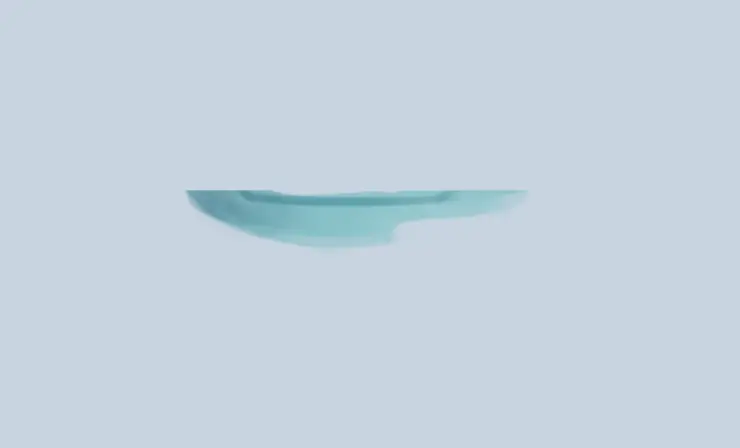
Materials:
- Cornstarch
- Water
- Peppermint extract
- Red food coloring (optional)
Steps:
- Mix cornstarch with water in a bowl.
- Add a few drops of peppermint extract and red food coloring (if desired).
- Mix the ingredients together with your hands to create a goopy, slimy substance.
In this video, you’ll learn how to make peppermint oobleck, a fun and slimy science experiment for kindergarteners. Your students will learn about non-Newtonian fluids and viscosity.
12. Melting Snowman
Looking for an exciting science experiment that will mystify your kids? Look no further. This super cool experiment involves the power of chemical reactions to make a snowman melt right before your eyes. With just a few simple ingredients like baking soda and vinegar, you’ll create a reaction that produces carbon dioxide gas. As it foams and fizzes, it’ll look like the snowman is melting away.
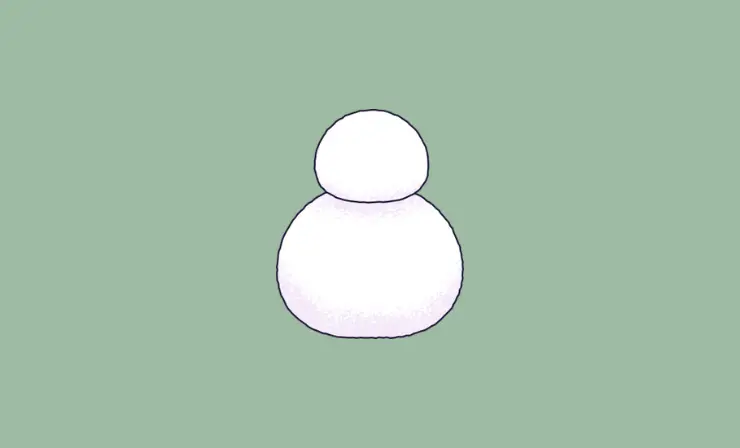
Materials:
- Baking soda
- Vinegar
- Water
- Tray or dish
- Small plastic snowman figurine
Steps:
- Mix together baking soda and water in a bowl.
- Place the snowman figurine on a tray or dish.
- Pour the baking soda mixture over the snowman.
- Pour vinegar over the baking soda mixture and watch the snowman “melt”!
Learn how to make a melting snowman in this fun science experiment for kindergarteners. Your students will learn about the properties of different materials and states of matter.
4 Thanksgiving Science Experiments for Kindergarten
Inject some scientific magic into your Thanksgiving celebrations with these exciting and educational experiments! Kids will love exploring the fascinating world of science as they experiment, learn and have a blast. Spice up your holiday lesson plans and holiday activities with these interactive Thanksgiving experiments that are sure to capture their imagination and teach them something new.
13. Apple Volcano
Looking for a fun and educational experiment for your little ones? Try this one where they get to create a mini volcano! By combining vinegar and baking soda, a cool chemical reaction occurs and carbon dioxide gas is released. The build-up of gas in the apple causes it to erupt like a volcano.
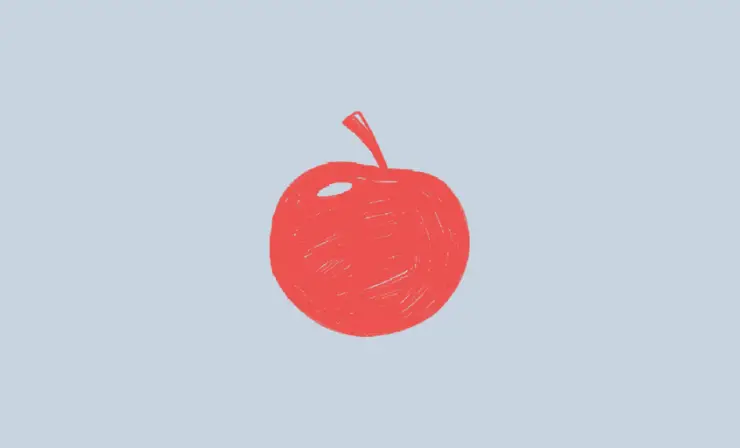
Materials:
- Apple
- Baking soda
- Vinegar
- Tray
Steps:
- Cut off the top of the apple and use a spoon to scoop out the core.
- Place the apple on a tray.
- Add baking soda to the apple until it’s about 3/4 full.
- Pour vinegar over the baking soda and watch the apple volcano erupt!
In this video, you’ll learn how to make an apple volcano using just a few household ingredients. It’s a fun and easy science experiment that will teach your kindergarten learners about chemical reactions.
14. Corn on the Cob Popcorn
Immerse yourself in a hands-on learning experience where you can see firsthand the magic that happens when heat, steam, and pressure work harmoniously together. Delight in the excitement of watching dried corn kernels transform before your very eyes as they burst open, creating the beloved snack we all know and love – popcorn!
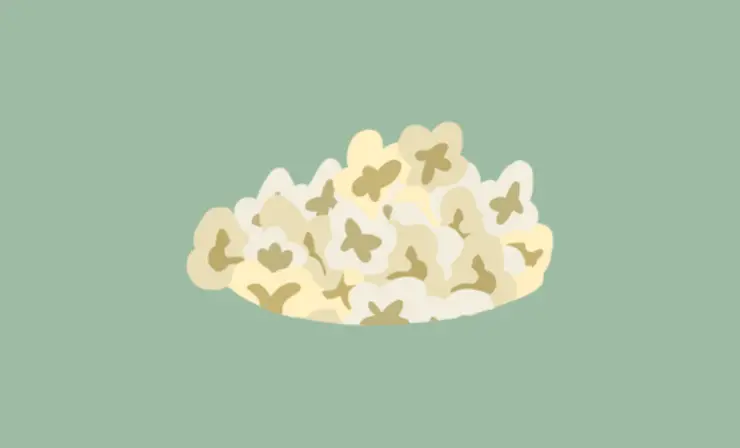
Materials:
- Dried corn on the cob
- Brown paper bag
- Microwave
Steps:
- Place a dried corn on the cob in a brown paper bag.
- Fold the top of the bag over twice and place it in the microwave.
- Cook on high for about 2-3 minutes, or until you hear the popping stop.
- Open the bag carefully and enjoy your freshly popped popcorn!
Learn how to turn corn on the cob into popcorn in this fun science experiment for kindergarteners. Your students will learn about heat energy and transformations.
14. Pumpkin Guts Sensory Play
Discovering the world around us is crucial for young minds. Engaging in sensory play can benefit children’s development in countless ways. Engage your little ones in an exciting experiment that involves exploring the inside of a pumpkin through their senses. Not only will this activity provide endless fun, it will also spark an enlightening conversation about the different parts of a pumpkin and how it grows.
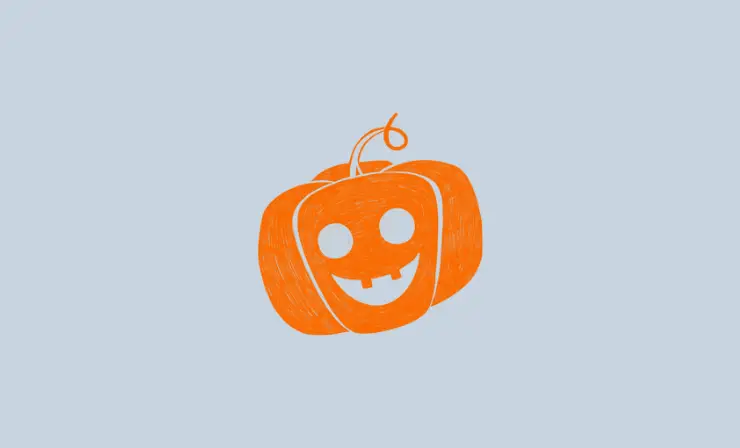
Materials:
- Small pumpkin
- Plastic container
- Sensory materials (e.g., scoops, spoons, cups, bowls)
Steps:
- Cut off the top of the pumpkin and scoop out the seeds and pulp into a plastic container.
- Provide sensory materials for the children to explore the pumpkin guts. Encourage them to touch, scoop, and feel the texture.
- Talk about the different parts of the pumpkin and what they are used for.
In this video, you’ll learn how to use pumpkin guts for a fun and messy sensory play activity for kindergarteners. Your students will learn about the properties of different materials and textures.
16. Cranberry Science Experiment
Experience the magic of buoyancy and density with this exciting experiment for children! Discover how cranberries can float in water thanks to the air pockets inside them. But wait, adding salt dissolves and reduces the density of water, causing these little berries to sink!
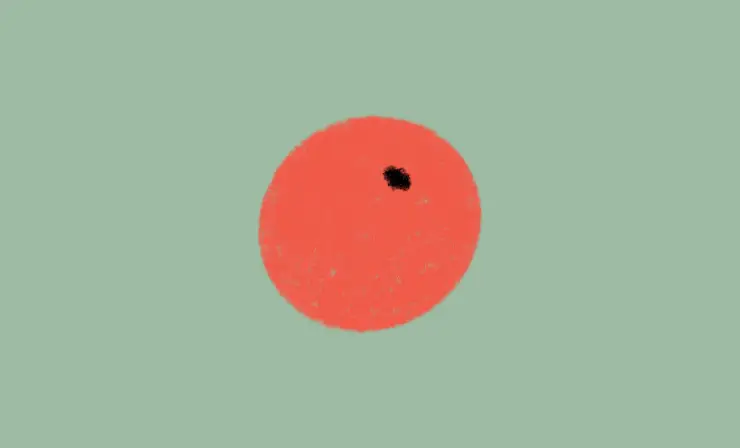
Materials:
- Cranberries
- Water
- Clear plastic cups
- Salt
Steps:
- Fill a clear plastic cup with water.
- Add a few cranberries to the cup and observe what happens.
- Sprinkle salt over the top of the cranberries and observe again.
Watch as we demonstrate how to conduct a fun and colorful science experiment using cranberries in this video for kindergarteners. Your students will learn about acid-base reactions and colors.
Additional 4 Science Experiments for Kindergarten
Expanding the scientific horizons for kindergarteners goes beyond the original dozen experiments. Gear up for an even more gratifying adventure with four additional engaging, hands-on experiments that will undoubtedly spark curiosity and nourish young minds.
17. Elephant Toothpaste
This iconic experiment is a definite crowd-pleaser among kids. It showcases a chemical reaction that leads to an enormous, frothy blast. Witnessing the foam steadily expanding and overflowing from the container is sure to excite children. This experiment proves to be a fantastic educational tool as it teaches young ones about the wonders of chemical reactions and what catalysts are.
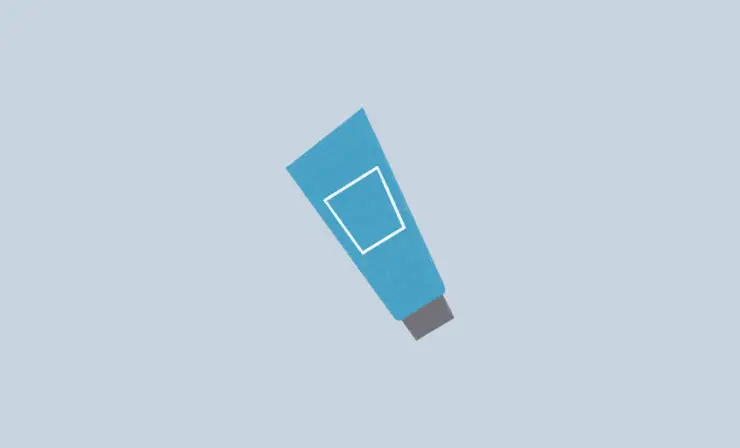
Materials:
- A cup of hydrogen peroxide (6%)
- dish soap
- dry yeast
- warm water
- food coloring (optional)
Steps:
- Pour the hydrogen peroxide into a clean plastic bottle.
- Add the dish soap and a few drops of food coloring, if desired. Swirl to mix.
- In a separate container, mix together the warm water and dry yeast. Stir until the yeast is completely dissolved.
- Pour the yeast mixture into the bottle with the hydrogen peroxide mixture.
- Step back and watch the foamy explosion!
In this video, you’ll learn how to make elephant toothpaste using hydrogen peroxide and yeast. This experiment is a fun and exciting way to teach young learners about the science of chemical reactions and how they can cause a foamy
18. Magnetic Painting
This exciting magnetic experiment provides a dynamic and imaginative way to introduce children to the fascinating world of magnetism. With this hands-on approach, children will be enthralled as they use magnets to craft their own vibrant and one-of-a-kind works of art. Young minds will be captivated by the endless possibilities offered by the power of magnets, making for an unforgettable educational experience.
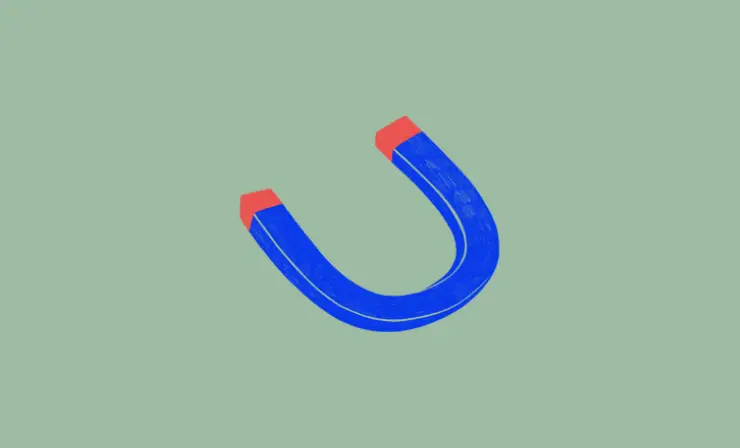
Materials:
- Paper
- Paint
- Small magnets
- Optional: tape, scissors
Steps:
- Tape the paper to a flat surface to keep it from moving.
- Dip the magnets into the paint and use them to create designs on the paper.
- Experiment with different shapes and colors.
- If desired, cut the paper into shapes or use as-is.
In this video, you’ll learn how to create a magnetic painting using iron filings and a magnet. This experiment is a fun and creative way to teach young learners about the science of magnets and how they can attract and repel each other.
19. Egg in Vinegar
Prepare to witness a transformation as an ordinary eggshell dissolves, revealing a mysterious and captivating expansion of the shell itself. Children and adults alike will be amazed by the chemical reaction that unfolds before their very eyes, igniting a curiosity for the wonders of the world around us.
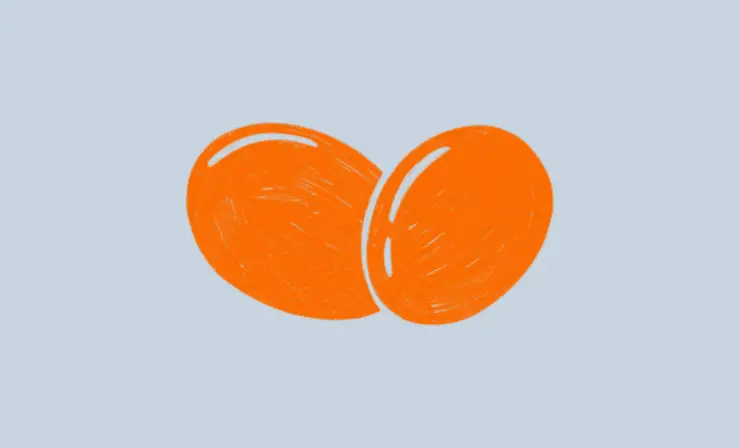
Materials:
- Raw egg
- Vinegar
- Glass or clear container
Steps:
- Place the raw egg in the glass or container.
- Pour enough vinegar over the egg to cover it completely.
- Wait 24-48 hours and observe the changes.
- After 24-48 hours, remove the egg from the vinegar and rinse it off with water. The eggshell should be completely dissolved, leaving only the membrane of the egg behind.
In this video, you’ll learn how to dissolve the shell of an egg using vinegar. This experiment is a great way to teach young learners about chemical reactions and how they can cause a change in the physical properties of an object.
20. Ice Cream in a Bag
Looking for a fun-filled activity that teaches kids the science behind freezing while rewarding them with delicious ice cream? This experiment is the perfect blend of education and entertainment! Kids can learn how salt helps lower the freezing point of water and get hands-on experience with making their very own ice cream.
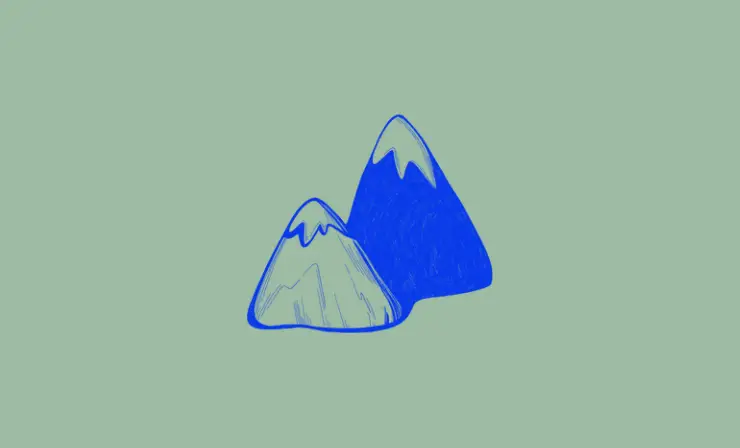
Materials:
- Heavy cream
- Whole milk
- Cup sugar
- Vanilla extract
- Ice cubes
- Rock salt
- Plastic bags
Steps:
- In the quart-sized bag, mix together the heavy cream, whole milk, sugar, and vanilla extract.
- Seal the bag tightly, removing as much air as possible.
- Fill the gallon-sized bag halfway with ice cubes.
- Add the rock salt to the ice cubes.
- Place the quart-sized bag inside the gallon-sized bag and seal the larger bag tightly, removing as much air as possible.
- Shake the bags for 5-10 minutes, or until the mixture inside the quart-sized bag turns into ice cream!
In this video, you’ll learn how to make ice cream using a plastic bag and some ice. This experiment is a tasty way to teach young learners about the science of freezing and how it can transform liquids into solids.
3 Services to Help with Science Experiments
- NSTA.org — As a nonprofit organization, the NSTA is committed to providing science teachers with everything they need to succeed in the classroom, from kindergarten all the way up to advanced levels. With access to engaging lesson plans, proven teaching strategies, and top-notch professional development opportunities, teachers can continually improve their knowledge and skills. Plus, the NSTA hosts an array of events and conferences that give teachers the chance to connect with other professionals in the field, making it easier than ever to share ideas and collaborate on new projects.
- ScienceBuddies.org — Science Buddies, a nonprofit organization, is dedicated to providing a wealth of resources to both teachers and students looking to embark on exciting science experiments for kindergarten! Their website is chock full of project ideas that support the Next Generation Science Standards (NGSS), complete with helpful videos and clear, easy-to-follow instructions.
- NASA.gov — NASA is committed to helping educators inspire and educate their students in science, technology, engineering, and math (STEM) from a young age. With a wealth of resources available on their website, including lesson plans, interactive activities, and multimedia, teachers of all levels – yes, even kindergarten! – can find engaging tools to help their students explore the mysteries of space and beyond.
Conclusion
Spark curiosity with the wonders of science in your kindergarten classroom! By introducing easy science experiments for kindergarten, your little learners can explore the amazing world around them while also developing important problem-solving and critical thinking skills. Dive in with abundant online resources, collaborate with fellow teachers, and experiment with different activities until you find the perfect fit for your unique classroom. Let’s embark on a thrilling journey of discovery and make learning an exhilarating adventure!
- Overview of 22 Low-Code Agencies for MVP, Web, or Mobile App Development - October 23, 2024
- Tips to Inspire Your Young Child to Pursue a Career in Nursing - July 24, 2024
- How Parents Can Advocate for Their Children’s Journey into Forensic Nursing - July 24, 2024
